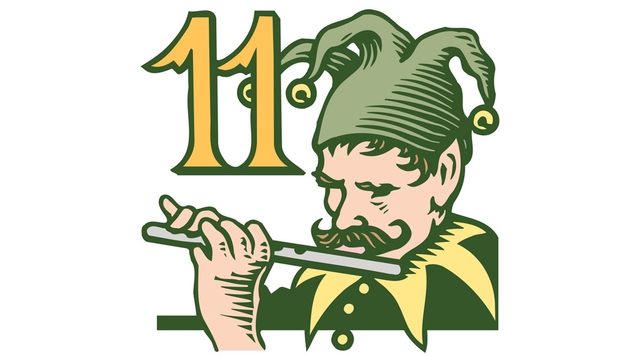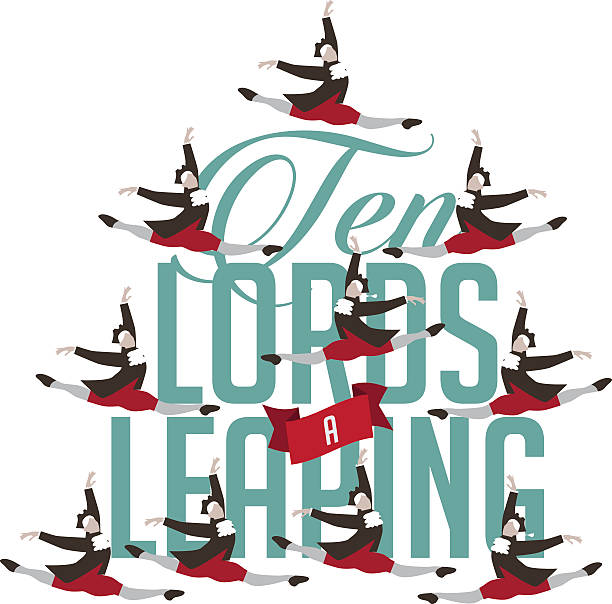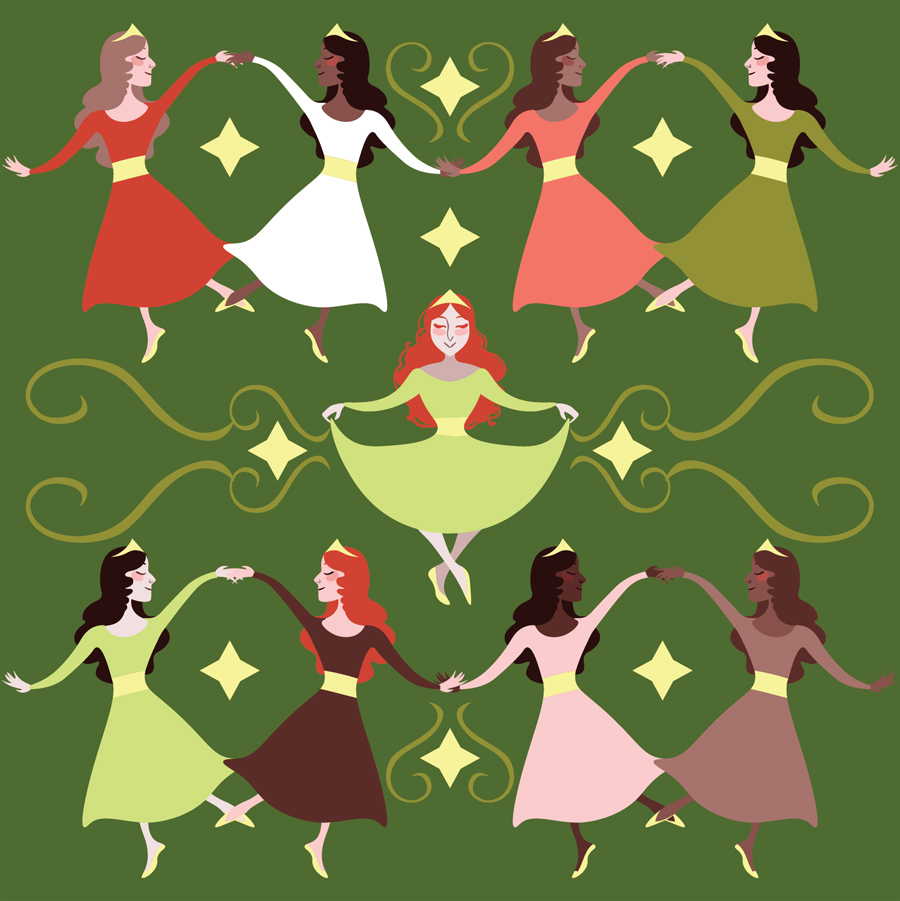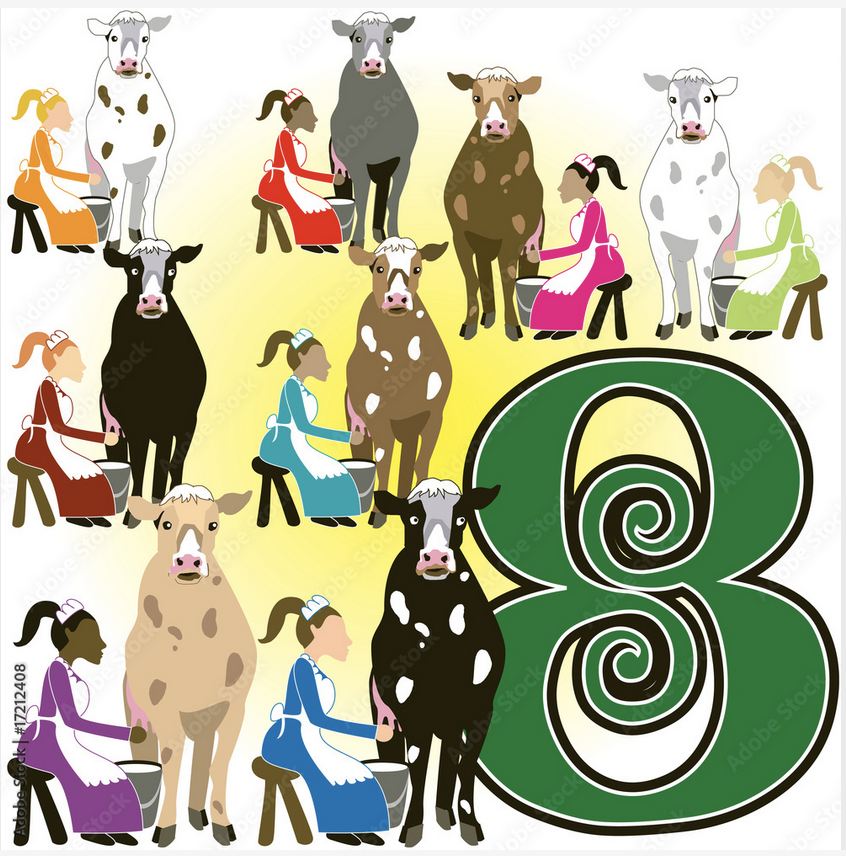Day 12 of 12 Days of Christmas: Twelve drummers drumming
Stamina is the force that drives the drumming; it’s not really a sprint. – Neil Peart Drums all have their own particulars – each drum has a place where they sound the best – where they ring out and resonate the best, and the head surface isn’t too loose or too tight, mainly so you […]





